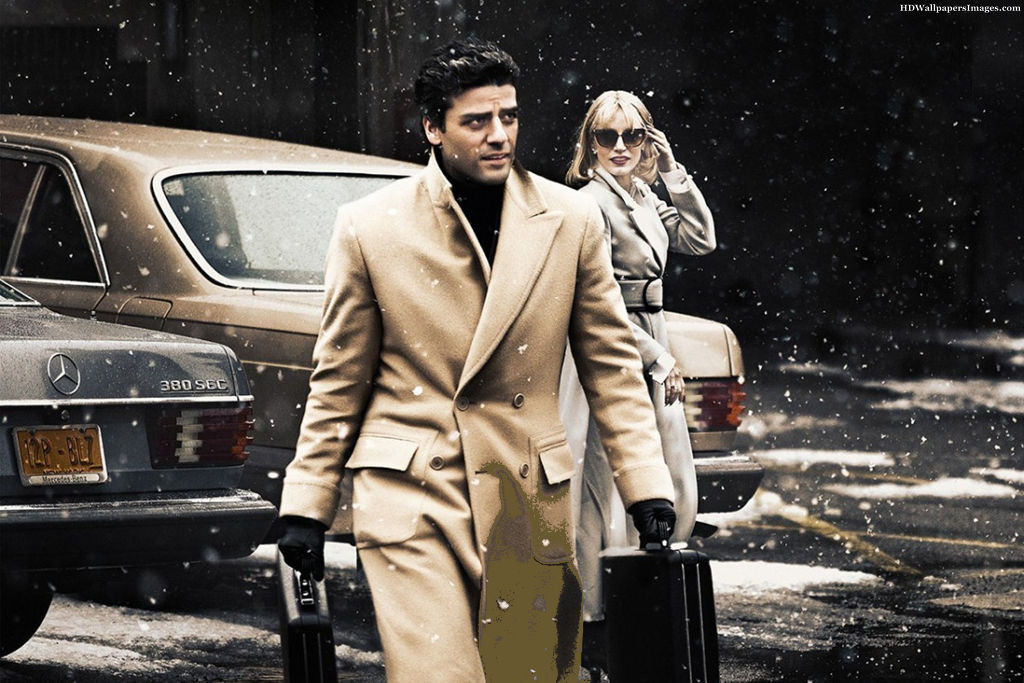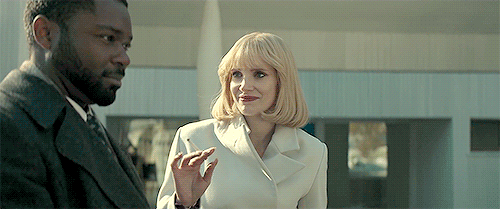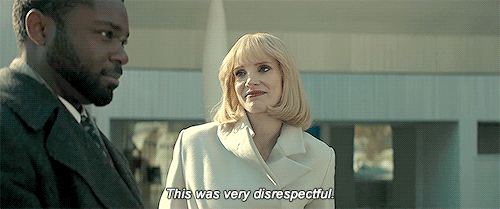Looking Back At The Context And History Of ‘A Most Violent Year’ In New York
It's one of the best films of the year, and a great excuse to examine this fascinating period of time.

JC Chandor’s stylish thriller A Most Violent Year came out this week in Australia, and it’s already one of the best films of the year. In fact, it’s unlikely you’ll see anything else quite like it.
Taking as much inspiration from classics like The French Connection (1971) as it does the slick modern-retro aesthetics of Drive (2011), it stars Oscar Isaac and Jessica Chastain as Abel and Anna Morales, fighting for their business, their independence, and eventually their lives amongst the most unlikely of industries:– the heating oil trade of 1980s New York City.
It’s not entirely by accident that it is set and filmed in the factory-lined, pothole-strewn streets of Long Island City. The highly industrial suburb of Queens sits under the shadow of the 59th Street Bridge, just across from the East River and the ritzy world of Manhattan’s Upper East Side, where its towering high-rise mansions and unattainable respectability cast a pall over the characters who worked hard and struck it rich from their dirty jobs, but who still can’t escape entirely from their working class beginnings.
It’s a remarkably evocative film, which feels as if it could have come right out of 1981. Chandor and his crew have vividly recreated the New York City of 34 years ago – as far away from the worlds of Girls, Broad City, and Taylor Swift’s 1989 as humanly possible. As such, it’s fun to treat this as a leaping-off point to look back at this fascinating period of time, and the ways the filmmakers have used it to paint their world.
–
Going Back In Time
After the film itself, the best thing to come out of A Most Violent Year’s existence is the marketing campaign. Run by the movie’s American distributor, A24 Films, the website 1981.nyc was created to give readers a virtual time machine to relive the decadent days of New York City’s most notorious period. Navigate the website and you’ll find a curated wonderland of retro goodness that’s as hot as a Brooklyn pavement in August. Or Meryl Streep on the subway.

Amongst the riches to be found are blog articles looking at the city’s electric music scene, that was blending disco with hip-hop and rock through artists like Blondie and J Walter Negro; the art scene that was coming to terms with graffiti and tagging, alongside the burgeoning worlds of hot artist hubs like Gowanus in Brooklyn and Tribeca on Manhattan; and the street photography that was taking over galleries and magazines, alongside the city’s fashion-forward reputation as epitomized by celebrities, punks, and the nouveau riche.
The website also features news periodicals that investigate “the sleaziest block in America”, 1980s bar culture, the assassination of John Lennon, failed architectural initiatives, subway vigilante patrols, the first appearance of the “gay cancer”, and much more.
–
A City in Crisis
Of course, it helps to know the backstory. There’s a reason why the film is set in 1981 – and it’s not just so we can ogle Oscar Isaac of Inside Llewyn Davis (2013) fame and his suave, thick hairdo driving around in classic automobiles, or watch Jessica Chastain in her Golden Globe-nominated performance parade around in fabulous Giorgio Armani-designed power outfits and blonde hair that flawlessly and unmistakably evokes Michelle Pfeiffer in Scarface (1983).
Jessica Chastain (“A Most Violent Year”, 2014) VS Michelle Pfeiffer “(Scarface”, 1983) pic.twitter.com/fDZShkJ2UU
— Aurelio C. (@aurelimages) January 2, 2015
The statistics speak for themselves: 1981 was indeed the most violent year in New York City history. A record 2,166 murders were reported, as street violence, robberies, drugs, rape, and other mob-related crimes made citizens fearful to leave their apartments.
The Gambino mafia saga came to a head with the Shamrock Bar massacre, and other mob members were being murdered at alarming rates. There was even a trash strike in December that turned the city into a cesspit of garbage and bonfires. The only positive on the horizon appeared to be the announcement of the 42nd Street Development Project, to convert Times Square from a den of porno theatres, prostitution and drugs, and bring the area back to its former glory.


When people say they miss the days of pre-gentrified New York City – the city immortalised in television series like The Equalizer (1985-1989), and films such as Taxi Driver (1976), The Warriors (1979), Maniac (1980), Ms. 45 (1981) and Beat Street (1984) – they mean this — and they’re surely romanticising little more than the cheap rents and pre-AIDS sexual liberation of the era, while conveniently forgetting everything else. Brooklyn, the hipster borough of New York, was even once nicknamed the killing fields.
To advertise A Most Violent Year, A24 Films put together NYC, 1981 (2014), a short film that looks at some of the people who found themselves on the wrong end of the crime-fuelled path that was tearing through the city, including the leader of the Guardian Angels, a Harlem fur salesman named Dapper Dan, a Puerto Rican immigrant, and a famous downtown artist known as Penny Arcade. “I was getting rheumatism arthritis from dialing 911”, says one man. “Instead I had cops coming in trying to scam me for free food.”
–
Living on Vinyl
Everyone knows music is one of the most evocative elements of anything set in the 1980s; the milieu of the film and the city can be ruined by the wrong music on the soundtrack. Chandor has once again collaborated with Alex Ebert of garage rock band Ima Robot fame as well as indie folk collective Edward Sharpe and the Magnetic Zeros. Ebert won a Golden Globe for his score to Chandor’s last film, the Robert Redford lost at sea drama All is Lost, and his latest work is a synth-driven wonder that recalls the ‘80s works of Tangerine Dream, John Carpenter, and most predominantly Jan Hammer’s famous music score for Miami Vice. It perfectly encapsulates the movie’s constant fear of rolling dread.
Best of all, the soundtrack has been released on vinyl with an oh-so-1981 album sleeve made of mauve and salmon-pink colours. I want a copy right now.
Sounds of the City: Bradford Young by Nyc1981 on Mixcloud
The burgeoning rap scene isn’t featured in A Most Violent Year – Baz Luhrmann’s upcoming Netflix series The Get Down will tackle the same period; he’s said he is “obsessed with the idea of how a city in its lowest moment, forgotten and half destroyed, could give birth to such creativity and originality in music, art and culture” – but the 1981.nyc website does have an addictively cool mixtape curated by the film’s cinematographer Bradford Young. Just try and stop yourself from getting up and dancing, and then seeking out more by the likes of Afrika Bambaata, Sugar Hill Gang, Grandmaster Flash, Marvin Gaye, and Prince.
People with a keen eye for the period should also check out one of the other great discoveries on the 1981.nyc website: this hilarious old television news report from 20/20, about the “overnight phenomenon” known as rap music.
–
A Most Violent Year is out now.
–
Glenn Dunks is a freelance writer from Melbourne who is currently based in New York City. He tweets from @glenndunks.